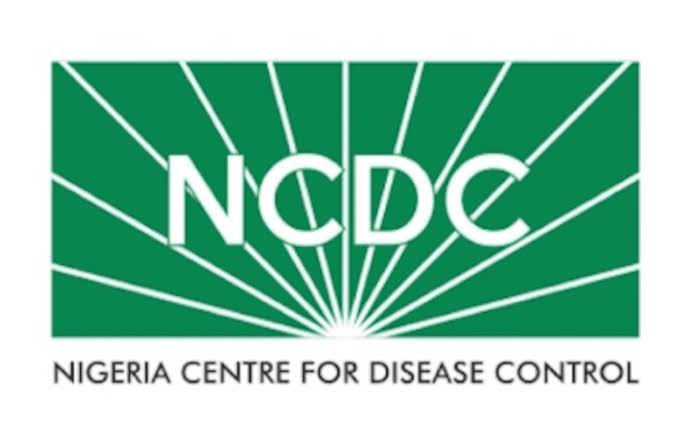The Nigeria Centre for Disease Control has disclosed that six states account for 84 per cent of cholera cases reported in the country.
The states are: Borno, Yobe, Katsina, Gombe, Taraba and Kano.
The NCDC disclosed these in its latest weekly cholera situation report for weeks 44–47, published on Tuesday on its website.
The agency said that the difficulty in accessing some communities due to security concerns, open defecation, and poor hygiene practices in many communities was responsible for the surge in the disease.
It said that at the moment, it is tackling cholera outbreaks in 32 states and the Federal Capital Territory.
The NCDC said a total of 583 deaths have been recorded due to cholera, while 23,550 people were suspected to have been infected with the disease between January and November 27, 2022.
According to the centre, suspected cases of cholera had been reported across 270 local government areas in the 32 states and the FCT.
The report read in part:
“32 states and the FCT have reported suspected cholera cases in 2022. In the reporting month, six states reported 1,393 suspected cases: Borno (1,124), Gombe (165), Bauchi (61), Katsina (16), Adamawa (14), and Kano (13).
“There was a 78 per cent decrease in the number of new suspected cases in November Epi weeks 44–47 (1393) compared with October Epi weeks 40–43 (6306).
“In the reporting week, Borno (24), Gombe (14), Bauchi (13), Kano (5), Katsina (1), and Adamawa (1), reported 58 suspected cases. Borno, Gombe, and Bauchi states account for 88 per cent of the 58 suspected cases reported in week 47.
“During the reporting week, two Cholera Rapid Diagnostic tests were conducted in Gombe 2 (100 per cent positive).
“In epi week 47, two stool culture tests were performed in Gombe (one was 100 per cent positive) and Bauchi (one was zero per cent positive).
“Of the cases reported, there were two deaths with a weekly case fatality ratio (CFR) of 3.4 per cent.”
The NCDC affirmed that cholera was easy to treat, with oral rehydration for most patients, and intravenous rehydration for more severe cases.
Adding that “If treated in time, more than 99 per cent of patients will survive the disease”.











